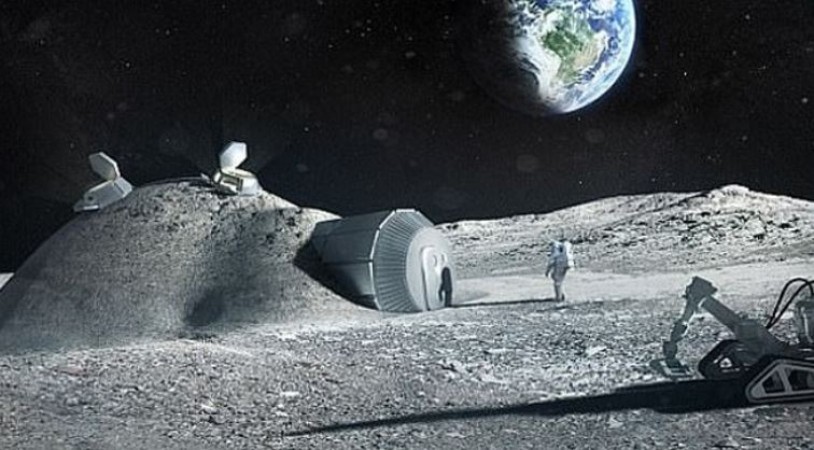
The European Space Agency (ESA) and Norwegian lunar agriculture firm Solsys Mining have collaborated on a groundbreaking method to process lunar soil, also known as regolith, to facilitate plant growth on the moon. The ultimate goal is to establish the possibility of sustaining extended lunar missions.
Overcoming Lunar Soil Challenges
Previous experiments have demonstrated that plants can indeed thrive in lunar soil. However, lunar regolith lacks essential nitrogen compounds and tends to compact densely when wet, posing challenges for plant growth. To address these issues, researchers have explored innovative hydroponic farming techniques that could potentially revolutionize lunar cultivation.
Extracting Nutrients from Regolith
The approach involves bypassing traditional soil altogether. Researchers have successfully devised a method to extract vital mineral nutrients from lunar regolith and introduce them into nutrient-rich water. This nutrient-infused water serves as a substitute for soil, feeding plant roots directly.
Key to Sustainable Lunar Exploration
ESA materials and processes engineer Malgorzata Holynska highlighted the significance of this work for the future of lunar exploration. Developing a sustainable presence on the moon demands utilizing local resources and tapping into the nutrients inherent in lunar regolith. This technique, demonstrated using lunar regolith simulants, lays the foundation for more in-depth research in the future.
Promising Results for Lunar Agriculture
Collaborating with Norway's Geotechnical Institute and the Center for Interdisciplinary Research in Space, researchers have successfully identified a method to separate valuable mineral nutrients from lunar regolith. The envisioned process involves passing regolith through a sorter to extract essential minerals. These nutrients would then be dissolved in water and utilized in hydroponic greenhouses, where plants would grow vertically on the lunar surface.
Towards Long-Term Lunar Presence
Solsys Mining has already achieved encouraging results by cultivating beans using simulated lunar highland regolith as a nutrient source. This breakthrough holds promise for maintaining sustainable human presence on the moon. The technique not only addresses the challenges of lunar soil but also takes a significant step towards establishing a self-sustaining environment for prolonged lunar missions.
PM Modi Proposes Ideas for Stronger BRICS Collaboration
Chandrayaan-3's Lunar Mission Budget: An Affordable Endeavor by ISRO
Rana Sanga: The Warrior King Who Forged His Legacy on the Battlefield